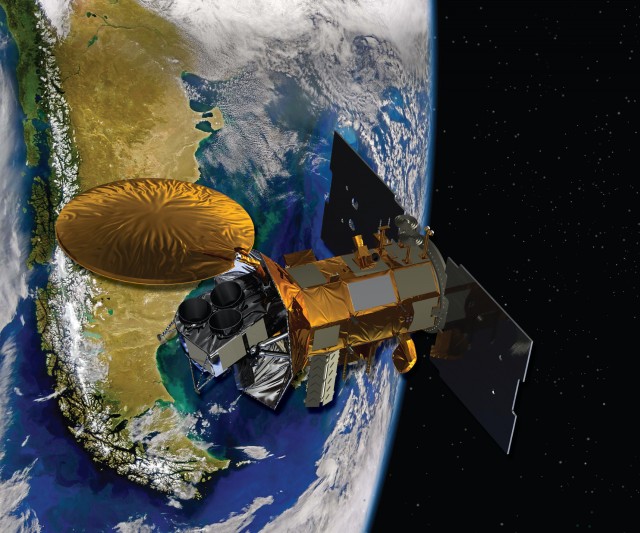
Artist's conception of SAC-D satellite
Some 400 miles above the Earth, NASA satellites are watching you. They’re not actually interested inyou or anything you do, of course—they’re just making measurements of environmental variables like temperature or cloud cover. While most people equate space agencies like NASA or the ESA with the exploration of extraterrestrial destinations, a critical part of their mission is to study our own planet from the unique orbital point of view.
The advantages are obvious: rapid coverage of large areas using the same instrument and continuous data collection. But there are challenges, too. It’s not exactly cheap to get the instrument up there, and if a component breaks, it’s game over. Then there’s the not insignificant task of finding a way to measure the thing you’re interested in from hundreds of miles away.
One of the newest members of the Earth-observing club is Aquarius (along with its friends aboard the SAC-D satellite). Launched on June 20, 2011, the satellite is a collaborative effort between the US and Argentina. Its job? To map surface ocean salinity around the globe and improve our understanding of ocean circulation and the hydrologic cycle.
The Aquarius instrument consists of two main components. The actual salinity measurement is made by a microwave radiometer that surveys the radiation emitted by the ocean surface. Because salinity affects the electrical conductivity of ocean water, it changes the microwave emissions perceptibly.
If the sea surface was perfectly smooth and calm, that would be pretty straightforward. But because waves affect the way that the radiation is emitted, it’s necessary to account for the roughness of the sea. This is accomplished by using a radar scatterometer that bounces energy off the surface and measures how much returns directly to the satellite.
The funny looking visor on the front of the satellite (interactive schematic here) is a reflector that focuses the signal, which is funneled through three “feed horns." The satellite is on a Sun-synchronous orbit, meaning it orbits from pole to pole in a plane that rotates westward around the Earth. Simply put, wherever it passes over the surface, it’s roughly 6pm. The business end of the satellite is pointed toward the dark side of the Earth, away from the Sun. As a result, the solar panels at the rear of the spacecraft point backwards, and the dog cone collar on the front is meant to shade the Aquarius instruments.
The underbelly of the satellite houses other instruments hitching a ride on SAC-D, which were built by the French, Italians, Canadians, and Argentinians. This includes another microwave radiometer tuned to study atmospheric conditions and sea ice, an infrared sensor to spot wildfires and measure sea surface temperature, and a camera looking for fires and aurorae. Two French instruments have very different tasks—investigating how cosmic radiation affects electronics and scanning for space debris.
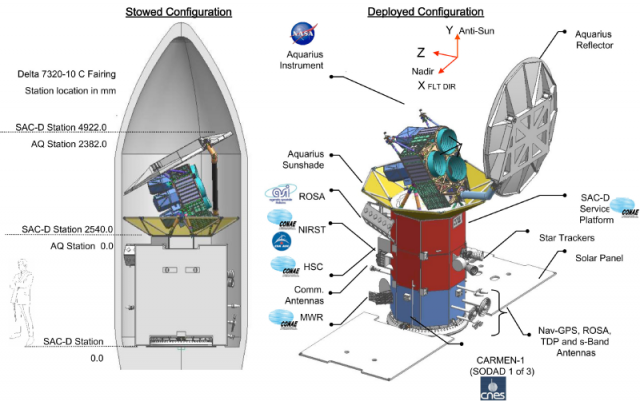
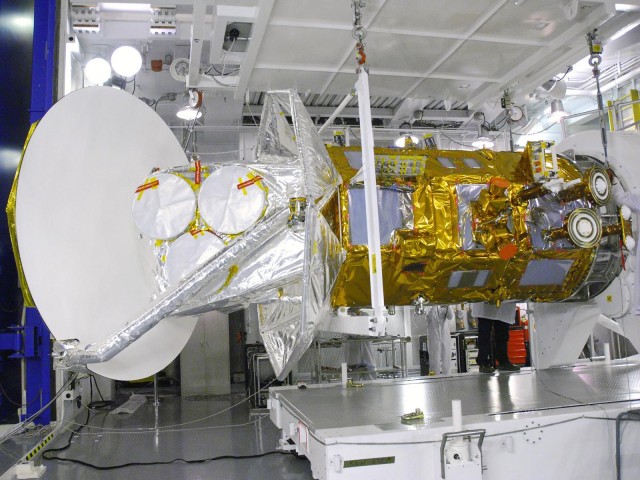

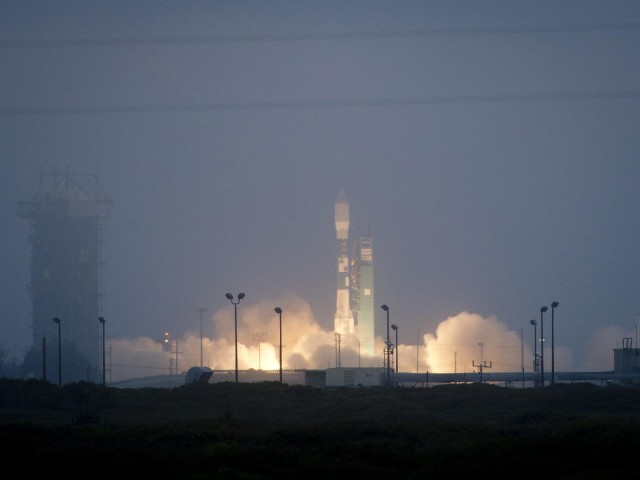
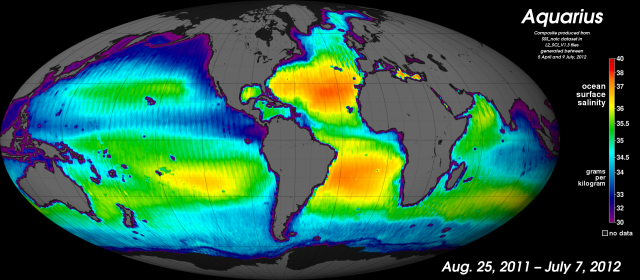






Oceanographers had planned ahead to make the most of this unique new data source. The Salinity Processes in the Upper Ocean Regional Study (SPURS) involves well-orchestrated data gathering cruises. (One cruise was blogged at NASA Earth Observatory’s “Notes from the Field.") Using the Aquarius data for large-scale context, the cruises measure ocean water properties at extremely high-resolution over a small study area.
The research vessels deploy a veritable armada of data collection tools. Many measurements are made by the ships’ crews themselves, of course, but they cast a much wider net by utilizing a number of automated vehicles, anchored instruments, drifters, and floats from the ARGO network. By swarming the study area, a coherent picture of ocean mixing from macro to micro is captured, which will provide oceanographers a treasure trove to sift through.
Between the SPURS project and Aquarius’ global data set, oceanographers hope to both answer some nagging questions and discover the unexpected. Monitoring salinity over time could help researchers better understand how humans interact with ocean processes and the water cycle, including the effects of changing climate. It could also improve forecasts of the El Niño Southern Oscillation, which affects weather patterns from year to year.
So once a week around 6pm, tip your hat to the salt-seeking eye in the sky as it streaks overhead. It won’t notice, but it’s the thought that counts.
One year of Aquarius observations.
No comments:
Post a Comment
Let us know your Thoughts and ideas!
Your comment will be deleted if you
Spam , Adv. Or use of bad language!
Try not to! And thank for visiting and for the comment
Keep visiting and spread and share our post !!
Sharing is a kind way of caring!! Thanks again!